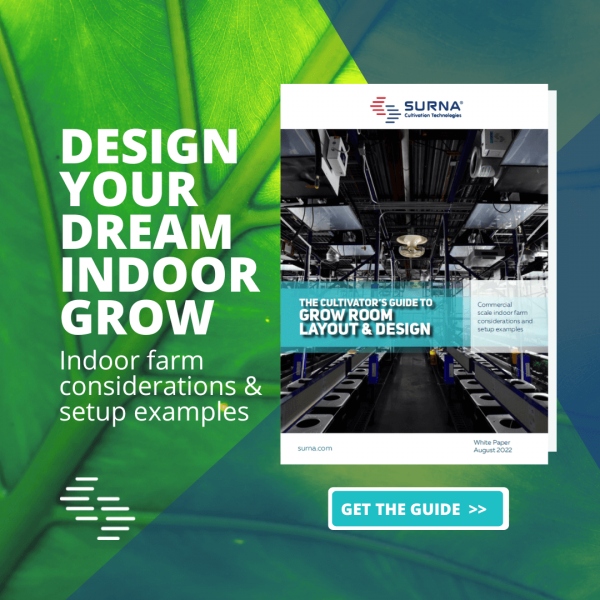Nutrients are essential for plant growth, but they are expensive, making it important to get the most out of the ones you use.
Correct dosage is important because using too many nutrients can cause nutrients to build up in the growing medium and eventually saturate it, locking out the nutrients. (This is more common when using salt based fertilizers as the salt can build up in the soil and change the soil’s pH, but can also happen with organic nutrients.) Too few nutrients can also pose a problem by preventing proper plant growth and causing nutrient deficiency.
It is easy to mistake nutrient lock-out for a nutrient deficiency, but in the case of nutrient lock-out, adding more nutrients will actually make the problem worse (by adding more saturation to the soil). If you suspect a nutrient lock-out, a simple flush can turn things around.
To perform a nutrient flush, cleanse the growing medium by saturating it with clean water or a flushing additive. Half the water that is put in should come out, the rest should remain in the medium, leaving it very wet. Once the flush is complete, you should immediately give the plants appropriate amounts of nutrients and water. While adding nutrient water to moist grow mediums is typically avoided, it is necessary to do so after a nutrient flush in order to avoid problems that may arise if a flush is performed on plants experiencing nutrient deficiency.
In order to keep plants in optimal health at all times, routine nutrient flushes should be performed – once when moved into Flower and once halfway through Flower, at a minimum.
To avoid nutrient lock-out or deficiency problems, keep these tips in mind:
Plants that have been heavily trimmed will require less nutrients on their next feeding.
Trimming removes leaves from the plant, leaving less mass for the plant to feed, resulting in lower nutrient needs in order to sustain growth.
Always ramp up nutrient and lighting levels slowly.
This allows plants to adjust to new environments slowly, as they would in nature. When switching between Nursery and Veg and Veg and Flower, the lighting transition should happen over a week’s time. This allows the plants to reset their expectations and growth according to the new lighting levels without being overly stressed. However, it is important not to lower the nutrient levels during the transition week from veg to flower as this can slow plant growth at a crucial time.
Organic fertilizers help prevent nutrient lockout.
The two main types of fertilizers are: organic and salt-based. Salt buildup in the soil is what causes nutrient lockout, so using a fertilizer that has limited amounts of salt in it is preferable. When salt builds up in the grow medium, it changes the pH levels of the medium, causing the plant to dehydrate and not be able to absorb any more nutrients. While nutrient lockout is still possible with organic fertilizers, it is less common. Routine flushes should still be performed to ensure plant health, regardless of the type of nutrient used.

